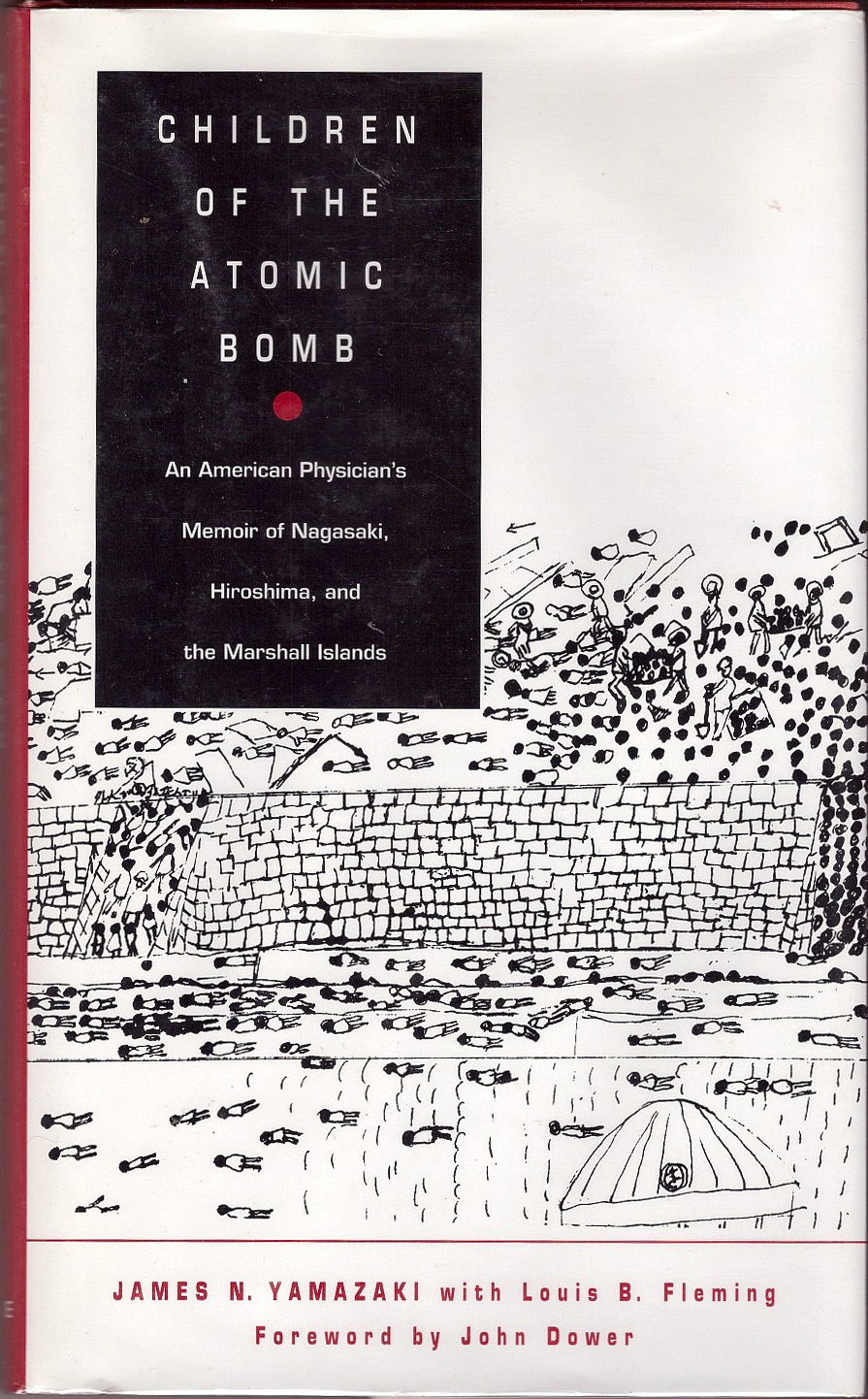Children of the Atomic Bomb: An American Physician's Memoirs of Nagasaki, Hiroshima, and the Marshall Islands
Creators: James N. Yamazaki
A Japanese American pediatrician reflects on his lifelong involvement with studying the effects of radiation on children, while also recalling his and his family's experiences during World War II.
Synopsis
Dr. James Yamazaki begins his memoir by recounting his encounter with children whose mothers were pregnant with them when Nagasaki was bombed at the end of World War II. He explains how his assignment to conduct studies of atomic bomb victims in Nagasaki during the Occupation sparked his lifelong dedication to this work. He also recalls his shock and indignation at the discrimination he experienced, even as a U.S. military doctor, from other Allied servicemen in Hiroshima and Nagasaki.
Yamazaki then returns to his childhood, spent in Los Angeles's "uptown" area, as the son of the minister of the Japanese Episcopal church, St. Mary's. While he and his siblings had a comfortable upbringing, they were also exposed to racism, and faced job discrimination and other indignities like being banned from the neighborhood pool. He had enrolled at UCLA to study medicine and when Pearl Harbor was attacked, transferred to Marquette so he could continue with his studies. His family was incarcerated at Jerome , in Arkansas, where his father, Reverend John Yamazaki, was attacked and beaten because he was suspected of supporting the camp administration. He later joined the army and married, then completed his medical studies and was sent to Europe, where he was captured by the Nazis and spent several months in a POW camp before he and the others were rescued.
With the end of the war, Yamazaki was assigned to Hiroshima to study the effects of radiation exposure on children. Hiroshima was occupied by British Commonwealth—primarily Australian—soldiers, and they barred Allied soldiers of Japanese ancestry from the officers club and other facilities. Yamazaki complained and was soon transferred to Nagasaki. His dual experiences during this period, of ongoing racial discrimination and witnessing the effects of radiation exposure, shaped his subsequent career, which is the focus of the last section of the book.
Author Background
James N. Yamazaki (1916-) was a pediatrician whose career was dedicated to studying the long-term effects of uterine radiation exposure on children, as well as the potential genetic effects of radiation exposure. He conducted research in Hiroshima and Nagasaki, and served on the Atomic Bomb Casualty Commission. He also served the community, with a practice in Los Angeles's Little Tokyo in addition to his research position at UCLA.
Might also like Manzanar and Beyond: Memoirs of Frank F. Chuman by Frank F. Chuman; Memoirs of a Certain Nisei, 1916-1985, Aru Nisei No Wadachi by Thomas Taro Higa; Ganbatte: Sixty-Year Struggle of a Kibei Worker by Karl G. Yoneda
| Author | James N. Yamazaki |
|---|---|
| Publication Date | 1995 |
For More Information
Review of "Children of the Atomic Bomb," Publishers Weekly .
"Hiroshima 70th Anniversary: Nuclear Bomb 'Should Never Be Used Again'," NBC News, 5 August 2015.
"James Yamasaki and the Children of the Atomic Bomb," Trailer for documentary produced by Schecter Films and Physicians for Social Responsibility-Los Angeles.
"Who is Dr. James Yamasaki?," UCLA Asian American Studies Center.
"Children of the Atomic Bomb: A UCLA Physician's Eyewitness Report and Call to Save the World’s Children," UCLA Asian American Studies Center.
"Dr. Yamazaki," from Legacy of Japanese American Activism conference, held at Japanese American National Museum, 2011.
